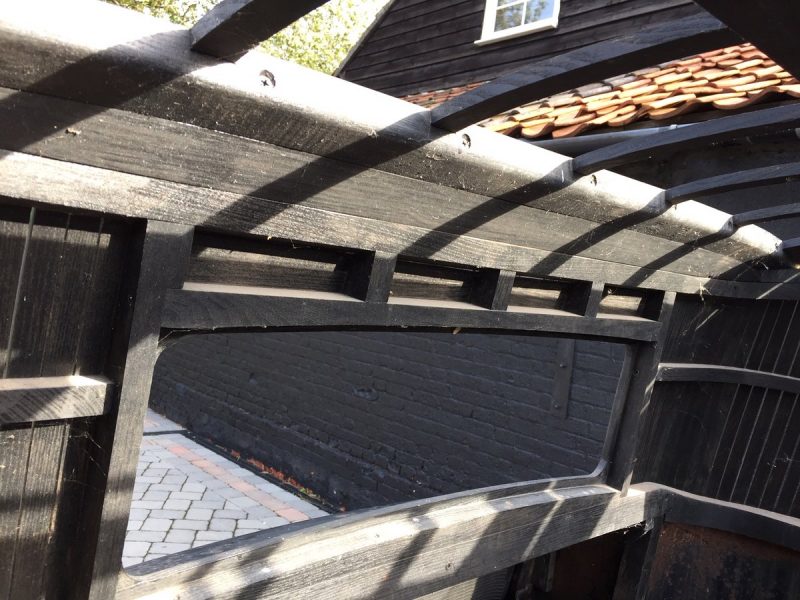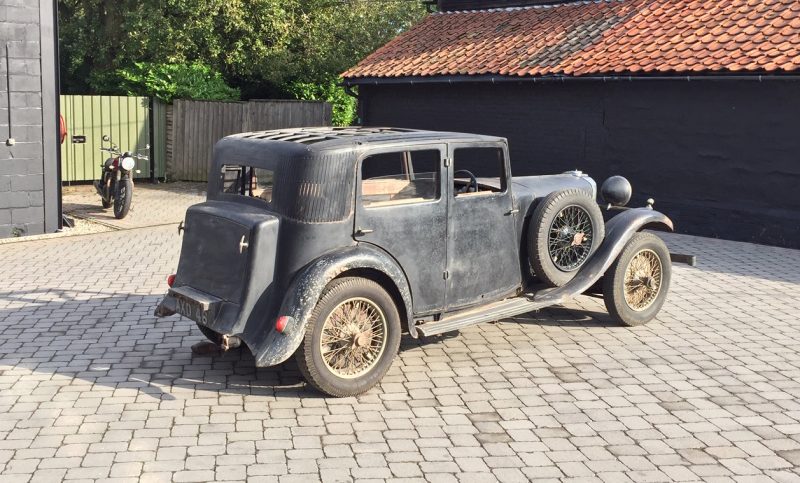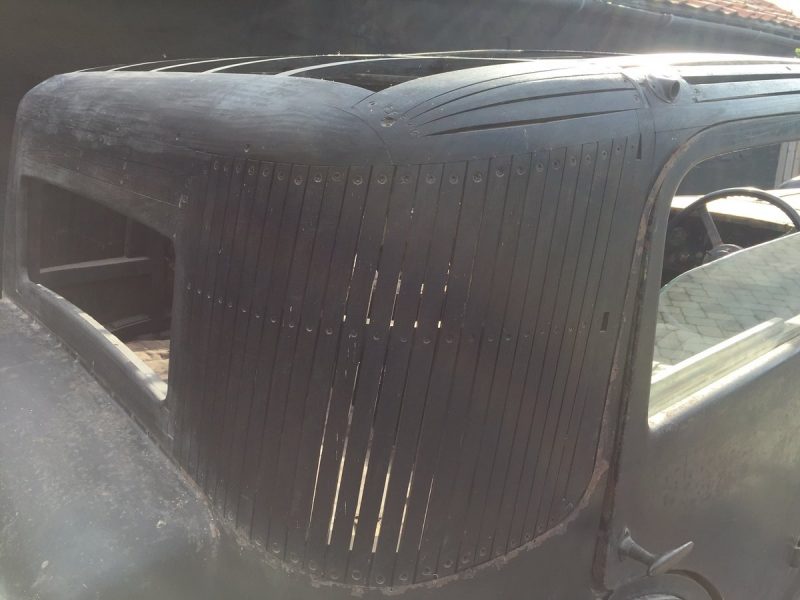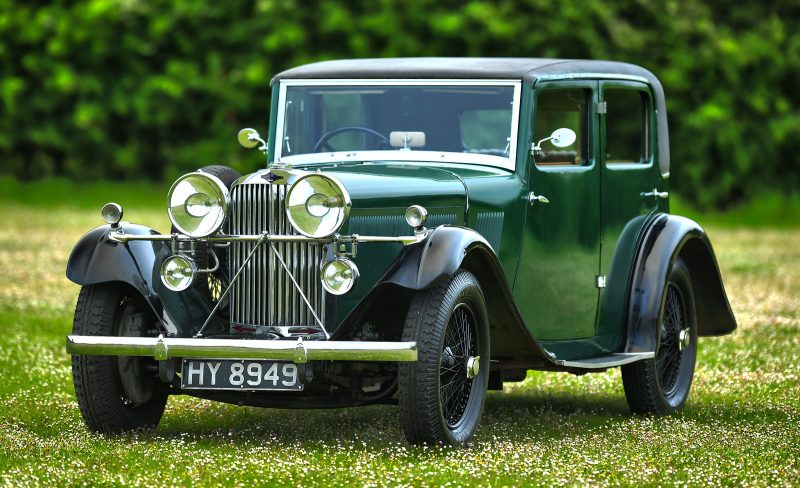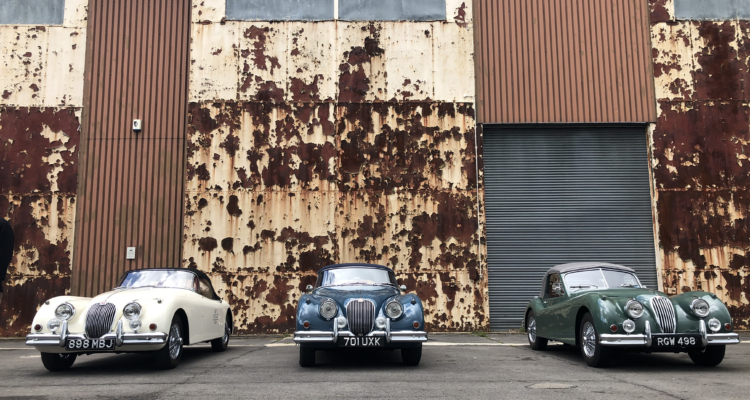1934 Talbot AW75 – Project Profile
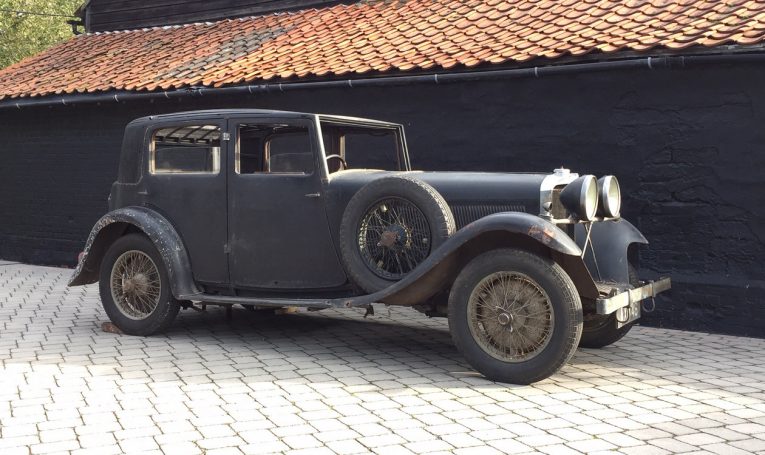
Pre-war cars are wonderful things to behold, but finding a project can be a tricky affair. Many have of course been restored already – if they’ve made it to 2020, restoration is almost inevitable. The ones that have been forgotten and left languishing are often too far gone to be considered for restoration, or at least they wouldn’t be financially viable. To find a solid, rolling, pre-war machine that you could take on, save, and truly make your own is a big ask. Happily though, on this occasion, we’ve taken the legwork out of it for you by finding this Talbot from 1934. It needs some love, but what a wonderful base for a project it is.
Talbot might not be a name you associate with heritage, and instead you might think of cars of the ‘70s and ‘80s. That is indeed true, as cars like the Horizon and Tagora used to be a common sight on our roads. However, the English company was a big deal back in the ‘20s and ‘30s, and was positioned as being one Europe’s most luxurious brands. This car, an AW75 was the top flight machine of its day, and as such, deserves to live on once more.
What is it?
The 75 is an evolution of a line of Talbot cars that can be traced back to the mid ‘20s. Their big selling point was their straight-six engine. Initially, it has cylinders like toilet roll tubes with a capacity of just 1,665cc. However, this capacity grew over the years into what should be fitted here, namely a 2,276cc. The 75 name came from the vehicle’s top speed.
Talbot offered its cars in various body styles. However, the one we have here is a traditional ‘four light’ saloon. A traditional, but usable design that proved popular amongst Talbot’s customers. As was common for the time, the body was of a wooden frame construction with metal bolted over it. All of which sat atop a traditional ladder chassis.
The 75 was in production until 1935, and was one of the last models to be built by Talbot before the company was bought and rescued by the Rootes brothers. However, despite a decent production run, it stands now as a rare car – only 2,757 were built.
Why is it a project?
As we can see, there is some work needed. This 75 is very much a complete car in silhouette form, but that’s about as far as it goes. There is no glass, no covering on the roof, the wings and chrome are all a bit tired. However, it’s still worth saving. The advert is light on detail, but the vendor states that they have had this car since 1993 and have spent a great deal of cash on having the body re-timbered. That alone makes this car worth buying. That’s a big, costly job for which the right craftsman is hard to find.
The vendor says the car was last on the road in the ‘60s, and also describes it as being complete. Hopefully this means all the parts are boxed up and ready for the new owner. There is no mention of the engine though, or not in as much as the engine being the original one. Though we will assume it is. They also mention that the instrument box has been rebuilt too, which is a nice thing to know.
Best case, you need to put it all back together. Worst case, there is a load of missing parts that need to be replaced. However, if this car has been owned since 1993, we’d be comfortable to lean into the former rather than the latter.
Five things to look for:
1) Chassis
It’s not a complicated chassis, but it still needs to be checked for rust, bends and damage and of course, dubious past repairs. Access is good though, so any issues should be easy to spot.
2) Engine
Is it the original engine? If so, does it still turn or has it locked up? What about the important Zenith carb, the exhaust and so on? Parts are going to be hard to find.
3) Wood
The vendor states the car has had the wood sorted, and it certainly looks to have been done well. However, was it done last year, or twenty years ago? Time may not have been kind, so do inspect it.
4) Parts
The vendor describes this Talbot as being complete, but that’s not what the pictures show. Are all the parts stored elsewhere, and if so, what sort of condition are they in? Finding new stuff will be near impossible, so this needs to be investigated.
5) Wheels/Brakes
The wheels look tired, as do the brakes. And while this car is indeed British, you can’t just walk into a EuroCarParts for spares. You need to make sure the wheels and brakes can be refurbished.
What should you do with it?
How it could look, one day
There is only one thing to do with a car of this vintage, and that’s restore it back to its former glory. There can only be a handful of these still left, and as such, it would be a crime to do anything custom to it. Restore it back to how it was when new and celebrate it for what it is. This has the potential to be a magnificent machine, and one that – if all the parts are present – could be completed by the budding enthusiast at home. This 1934 Talbot 75 could be just the project you are looking for.

